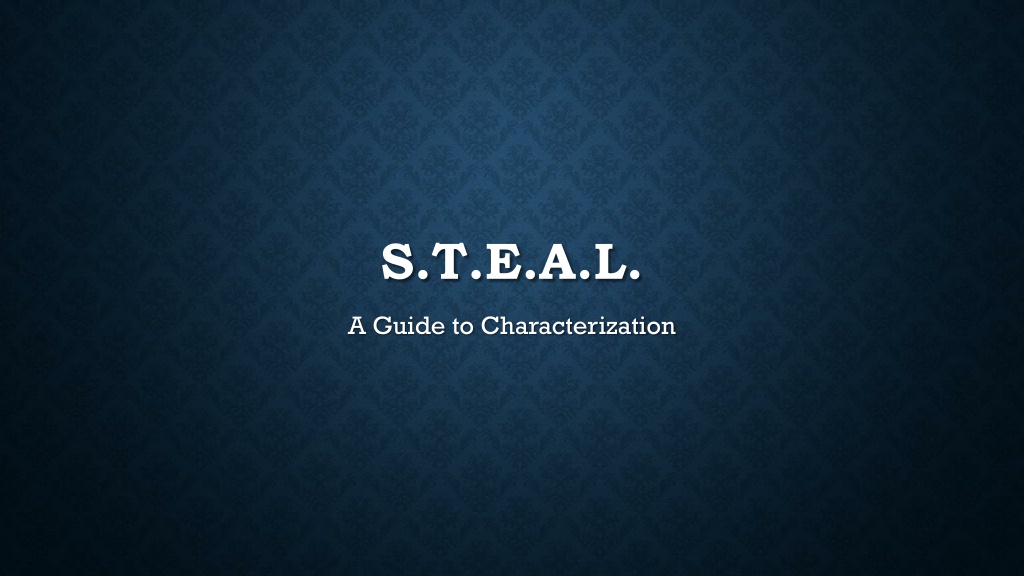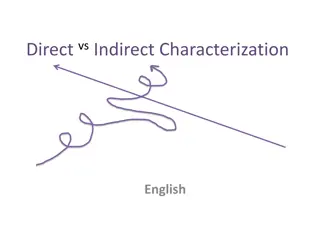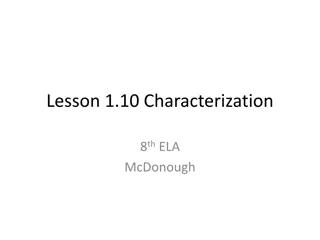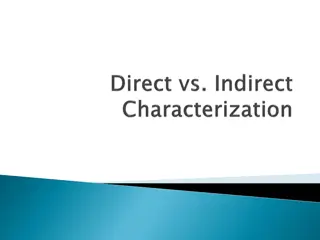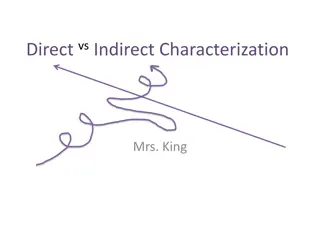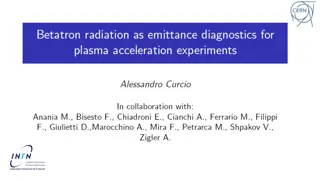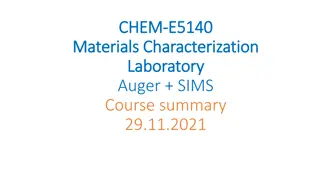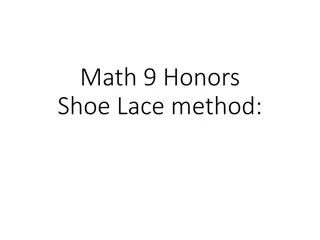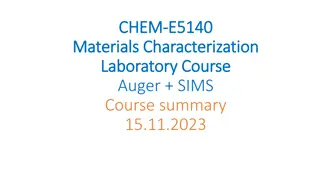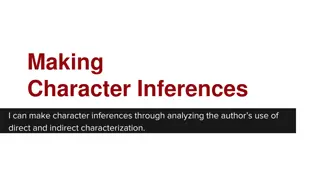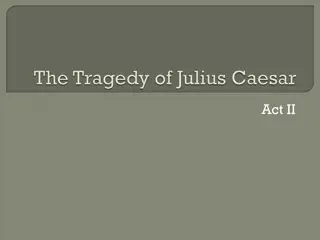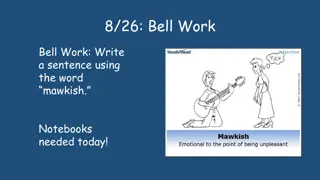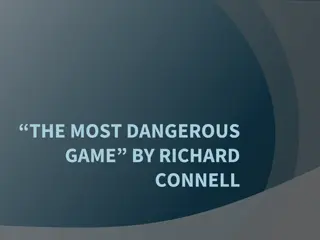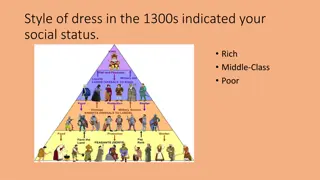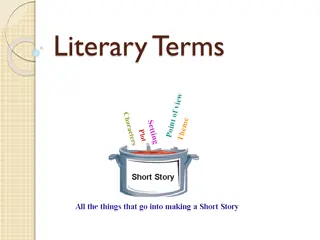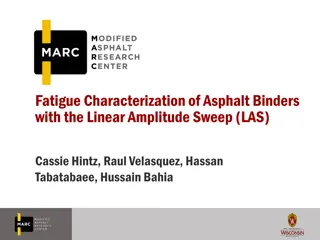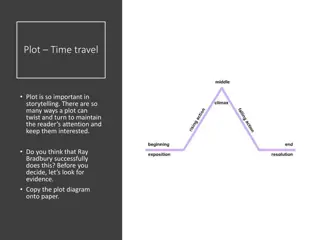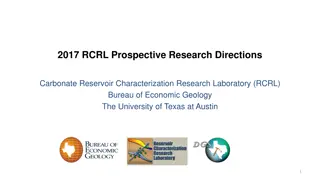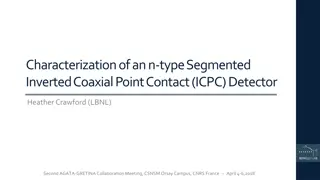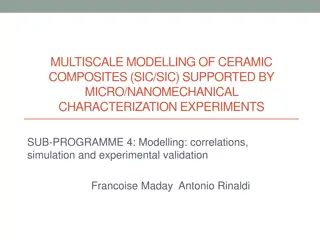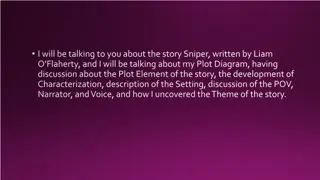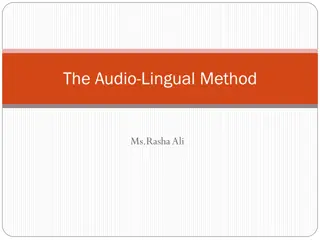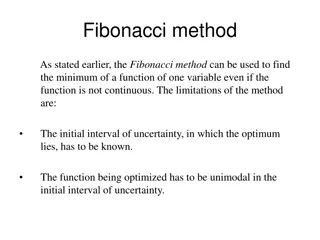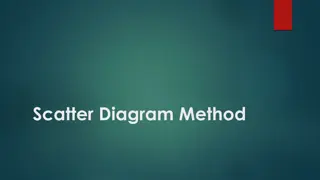Understanding Characterization Through S.T.E.A.L. Method
Dive into the intricate world of characterization using the S.T.E.A.L. method which delves into a character's speech, thoughts, effect on others, actions, and looks. By analyzing these aspects, readers can infer deep insights into a character's personality and motivations.
Download Presentation

Please find below an Image/Link to download the presentation.
The content on the website is provided AS IS for your information and personal use only. It may not be sold, licensed, or shared on other websites without obtaining consent from the author. Download presentation by click this link. If you encounter any issues during the download, it is possible that the publisher has removed the file from their server.
E N D
Presentation Transcript
S.T.E.A.L. A Guide to Characterization
S- SPEECH What does the character say? And how do they say it?
T- THOUGHTS What is revealed through the character s private thoughts and feelings?
E- EFFECT ON OTHER CHARACTERS What is revealed through the character s effect on other people? How do other characters feel or behave in reaction to the character?
A- ACTIONS What does the character do? How does the character behave?
L- LOOKS What does the character look like? How does the character choose to dress?
MAKING AN INFERENCE To infer is to draw a conclusion about something using evidence and reason
THE EVIDENCE Speech: The character looks at their feet while speaking and often speaks in a whisper Thoughts: The character often worries about what others think of them Effect on Others: Others do not notice the character, except when she drops her books in the hallway, or does something embarrassing Actions: The character keeps to herself, is always on time to class, and tries to sit by herself Looks: The character has hair that covers her eyes and is often dressed in hoodies What can we infer about this character based on the evidence?
